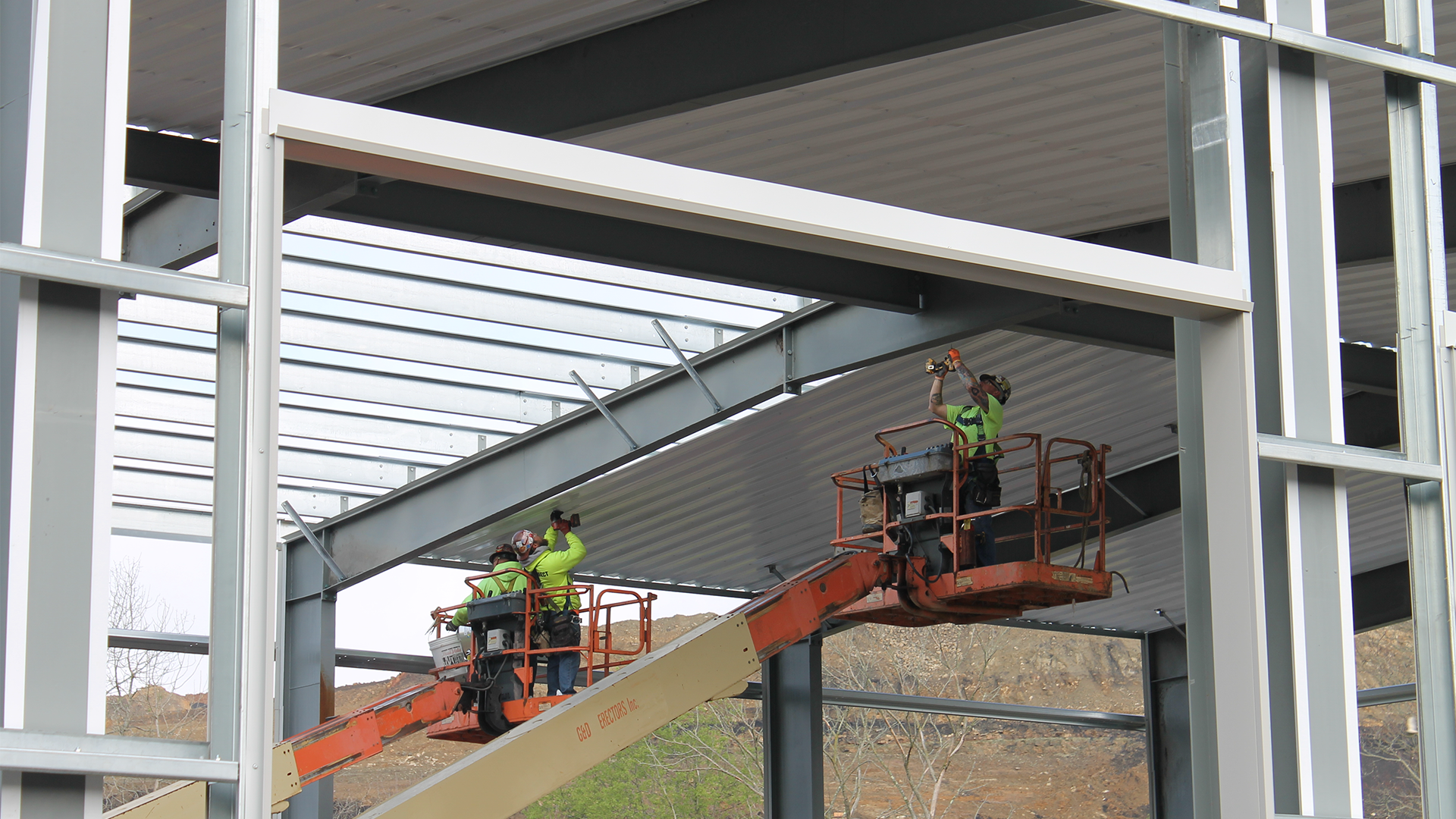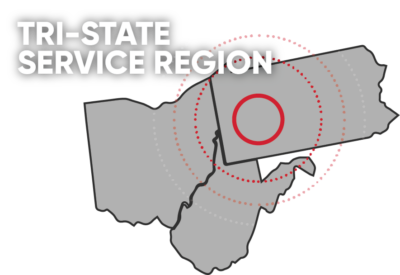Choosing the Best Building Method for Your Next Project
When planning a new building—whether it’s for storage, retail, or operations—your choice of materials and construction methods will determine not just how your structure looks, but how much it costs, how long it takes, and how it performs over time. One of the most common questions in modern development is: Should I choose steel or traditional construction?
Both options have their place, but one may serve your goals better depending on your timeline, budget, and long-term needs. This blog breaks down the advantages and challenges of steel vs. traditional construction, helping you decide which approach is the right fit for your next project.
What Counts as “Traditional” Construction?
Before diving into comparisons, it’s helpful to define what we mean by traditional construction. This method typically includes:
- Wood-framed structures (used in residential and light commercial buildings)
- Masonry construction (brick, concrete block, or stone)
- Concrete tilt-up or cast-in-place construction for larger facilities
Traditional construction methods rely heavily on on-site labor and material deliveries, which can extend build times and increase costs—especially with recent fluctuations in lumber and concrete pricing.
What Is Steel Construction?
Steel construction, particularly pre-engineered metal buildings (PEMBs), involves manufacturing structural components off-site and assembling them quickly on location. These buildings are designed for efficiency, strength, and adaptability.
Rather than relying on on-site framing or masonry, steel buildings use precision-engineered beams, panels, and supports that are shipped ready to install—offering a modern approach that can drastically reduce build time.
Build Time: Why Steel Is Faster
One of the biggest advantages of steel construction is speed. While traditional buildings often face delays from weather, subcontractor availability, or on-site material issues, PEMBs are delivered pre-cut and ready to go.
In most cases, a steel building can be completed in significantly less time than a traditional build. That makes it ideal for businesses with strict schedules or seasonal demands.
Durability and Maintenance: Steel Has the Edge
Steel structures are designed to last. Unlike wood, they aren’t susceptible to pests, warping, or moisture-related damage. In high-risk weather zones, steel can also be engineered to handle heavy snow, strong winds, and seismic activity.
Traditional materials may look classic, but they often come with higher maintenance demands. Brick and wood structures may require repairs, repainting, pest treatment, or sealing over the years.
Customization and Flexibility
Traditional buildings offer beautiful architectural finishes, but those details can take more time and cost more money. Steel buildings, on the other hand, are far more flexible in their layout—especially for large, open interior spaces like gyms, storage facilities, or retail warehouses.
Modern steel structures can also be designed with stylish finishes such as faux stone panels, glass fronts, or solar-ready roofs, allowing you to maintain visual appeal without sacrificing efficiency.
Long-Term Costs: Steel Often Wins
Although steel buildings may sometimes appear more expensive upfront, they generally lead to greater savings over time. Faster build times mean reduced labor costs. Fewer repairs and lower maintenance costs mean better long-term value. And with insurance companies often offering better rates for fire- and weather-resistant buildings, the financial perks add up quickly.
Traditional construction may start with lower material costs, but the ongoing upkeep, longer timelines, and increased labor make it less cost-effective in many cases.
Sustainability and Environmental Impact
Steel is one of the most recycled materials in the world, and many PEMBs are made from recycled steel. These buildings also produce less on-site waste and can easily be integrated with green technologies like solar panels and high-performance insulation.
Traditional builds typically create more construction waste and require frequent use of new materials, which can increase the environmental footprint.
Safety and Risk Considerations
Safety is another area where steel shines. It’s naturally fire-resistant, which reduces the risk of major structural damage in a fire. It’s also immune to termites, carpenter ants, and rodents—common issues in wood-framed buildings.
Traditional structures may be more vulnerable in the long run, which can lead to higher insurance premiums and repair costs.
Making the Right Choice
If your project depends on speed, budget control, long-term durability, or low maintenance, steel might be the right choice. It’s especially valuable for businesses that need to scale fast, maximize usable interior space, or want to incorporate energy-efficient technology from the start.
Traditional construction still has its place, particularly for certain design aesthetics or where zoning or historical codes require it—but for many commercial applications, steel is the smarter, more adaptable option.


